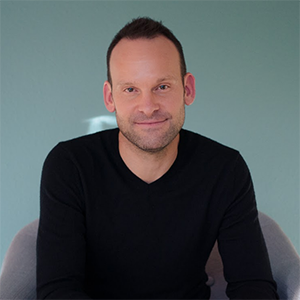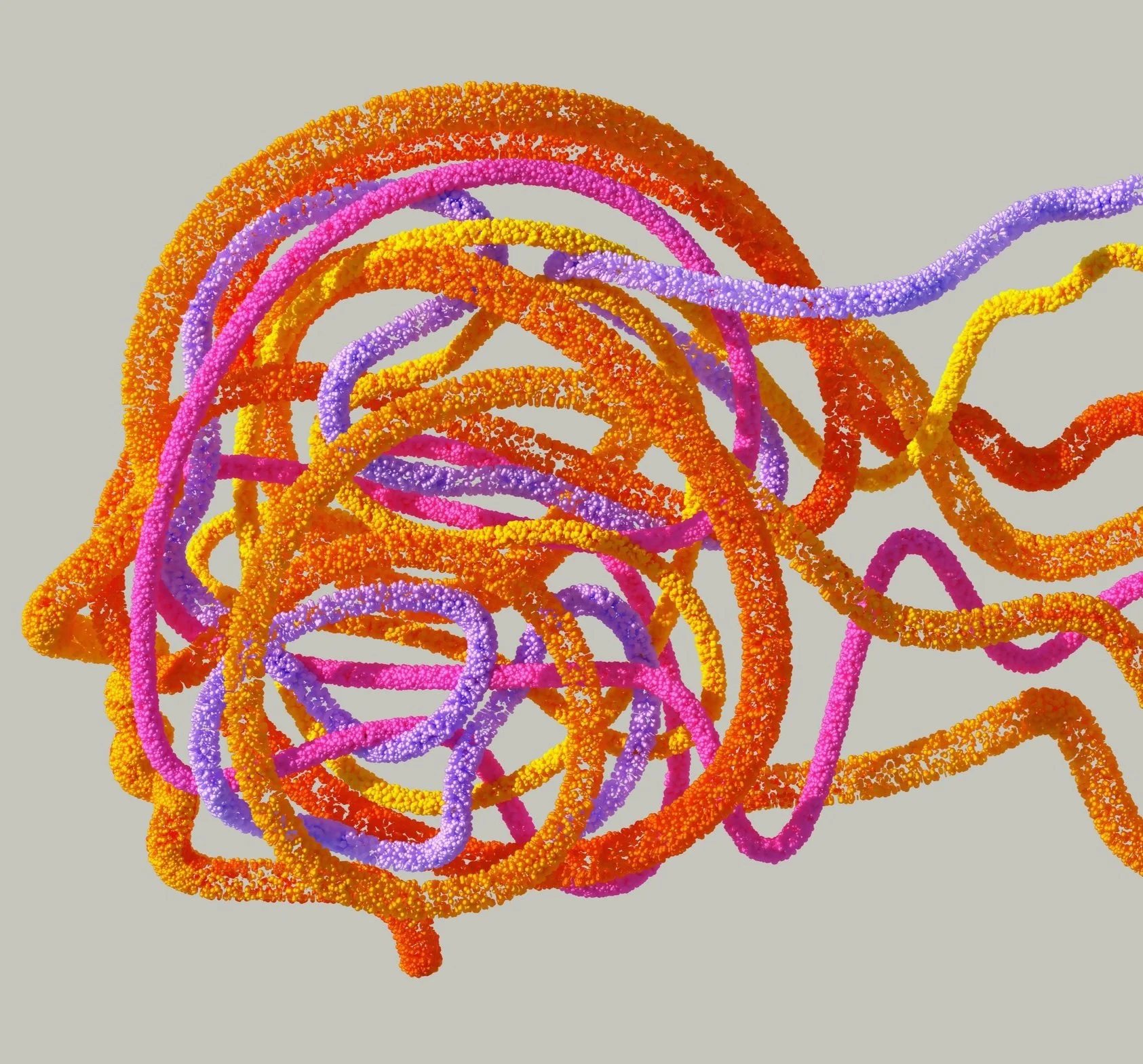
Your Mind-Body Solution
For Chronic Pain
Mike Williams
Pain Reprocessing Therapy
Hakomi Mind-Body Coaching
Rolfing® + Mindful Movement
“I help people solve challenges at the intersection of chronic pain and personal growth.”
Hi, I’m Mike Williams. I’m a Pain Reprocessing Therapist, Hakomi Practitioner and Rolfer. My home base is in Austin TX, and my practice has been located here and worldwide via Zoom since 2008.
Welcome, I’m glad you’re here. This is what I do:
Pain Reprocessing Therapy (PRT) is a research-proven method that uses mindfulness techniques to help your brain better understand normal signals from your body, reducing chronic pain.
New discoveries in neuroscience show that most chronic pain isn't caused by physical issues, but by the brain misinterpreting harmless signals as dangerous.
By training your brain to recognize these signals as safe, PRT can lessen pain, decrease its impact, and empower you to regain control over your life.
Pain Reprocessing Therapy featured on the Today Show.
Hakomi Mind-Body Coaching integrates Hakomi Mindful Somatic Psychology and mindfulness practices to help you build a holistic body-mind-spirit skill set to up-level your life and address challenges such as chronic pain resolution, finding an authentic career path, and developing emotional intelligence.
Together, we explore the interconnectedness of your body, mind, and emotions, uncovering habits that may keep you stuck. We’ll work to uncover the strengths in these habits and build new, higher-level tools, empowering you to develop new ways of living with greater awareness and ease.
Rolfing + Mindful Movement combines hands-on therapy, self-awareness practices, and movement education to ease pain and improve mobility.
We unravel patterns from injuries, habits, and more, fostering balance and ease in your body.
Together, we focus on developing awareness of how you use your body day-to-day and creating optimal movement patterns for lasting relief and transformation.

“If you are ready to explore your experience of yourself in a deeper way, I strongly recommend making an appointment with Mike and allowing him to guide you on your journey.”
From the Journal
I’m a proud Xero Shoes affiliate! If you’re interested in quality gear that supports & encourages the your natural movement, I highly recommend these guys. They offer the best all-around line of barefoot/minimalist shoes, boots & sandals I’ve come across. Click below to check ‘em out!









Returning to movement and activity while recovering from pain can feel extremely high stakes. And it's often laced with advice, guidance & prescribed routines from professionals like PTs or physios, as well as fear, frustration, uncertainty and a host of other emotions. To recover from chronic pain, finding safety, ease, and even playfulness & laughter are incredibly important. What’s a shortcut to get there? An exploratory mindset when you move. Read on to learn exactly what an exploratory mindset is, how to cultivate one, and how it can help you in your pain recovery journey.